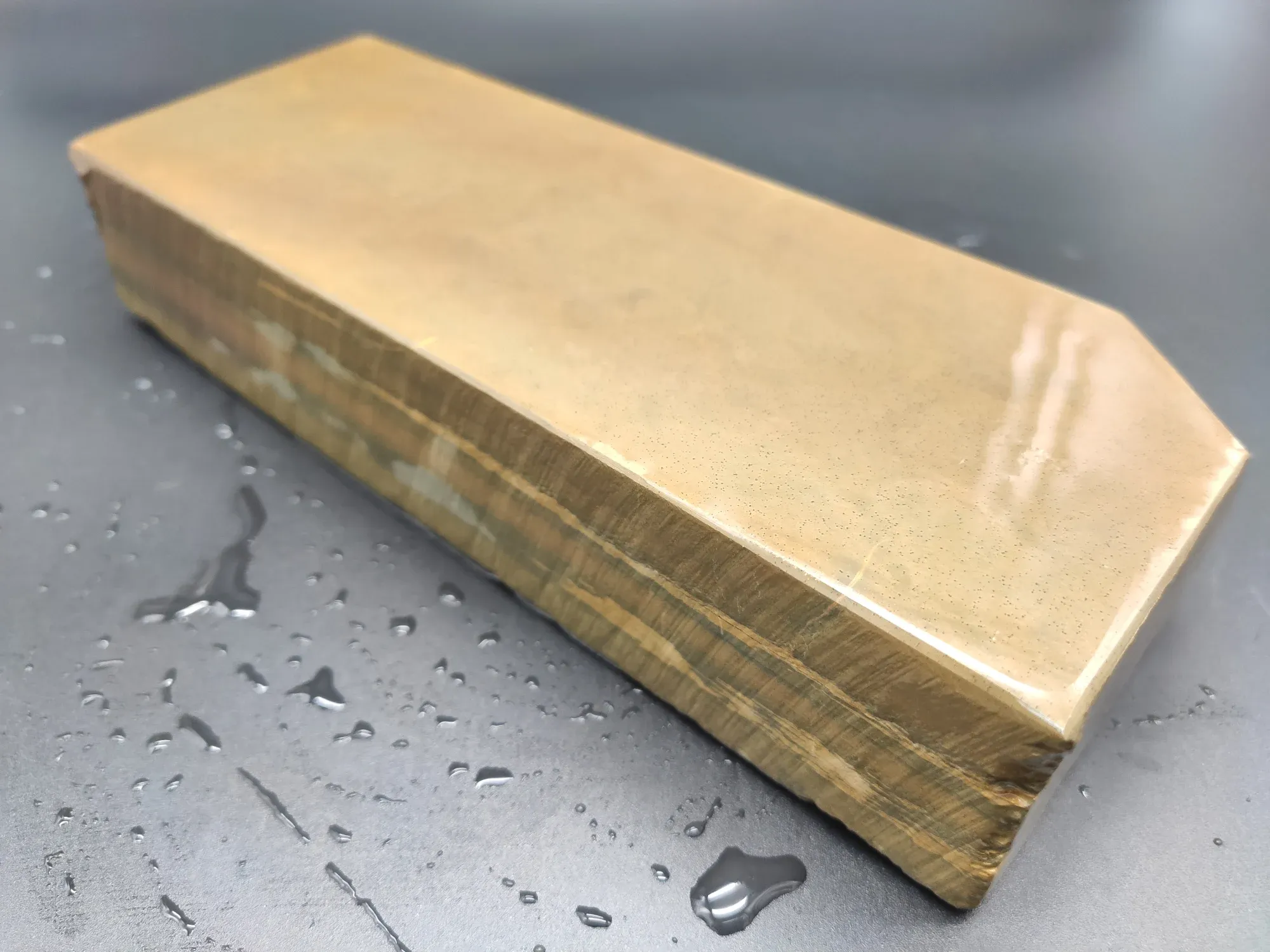Exploring the Beauty and Utility of Japanese Natural Whetstones
Japanese natural whetstones, or „toishi” (砥石), hold a revered place in the world of blade sharpening. Originating from ancient quarries, these stones are prized for their exceptional sharpening properties and fine craftsmanship.
History and Origin
The tradition of using natural whetstones in Japan dates back centuries, with various regions producing stones known for unique qualities. The quarries of Kyoto, known as „Kyoto stones,” are perhaps the most famous, offering a wide range of grit levels.
Composition and Types
Japanese natural whetstones are categorized by their grit size, which ranges from coarse to fine. They are often composed of different minerals, including silica, which provide a uniform and consistent sharpening surface. There are three primary types of Japanese whetstones:
- Arato: The coarsest stones, used for repairing chips and reshaping edges.
- Nakato: Medium stones, perfect for refining edges after using an Arato.
- Shiage: The finest stones, used for polishing and creating razor-sharp edges.
Advantages
- Superior Edge: These stones can produce an edge unmatched by synthetic stones, giving blades a sharpness and precision that is highly sought after.
- Long-Lasting: They tend to wear down more slowly compared to synthetic stones, providing longer usability.
- Natural Beauty: Each stone’s unique pattern and texture make them aesthetically pleasing and a joy to use.
Maintenance
Proper care is essential for preserving the quality of these stones. Soaking them before use, cleaning them after, and storing them in a dry place are key steps to ensure their longevity.
Conclusion
Japanese natural whetstones are more than just tools; they are pieces of natural art that offer a connection to traditional craftsmanship. Their exceptional sharpening abilities and unique beauty make them indispensable for anyone serious about blade maintenance.

